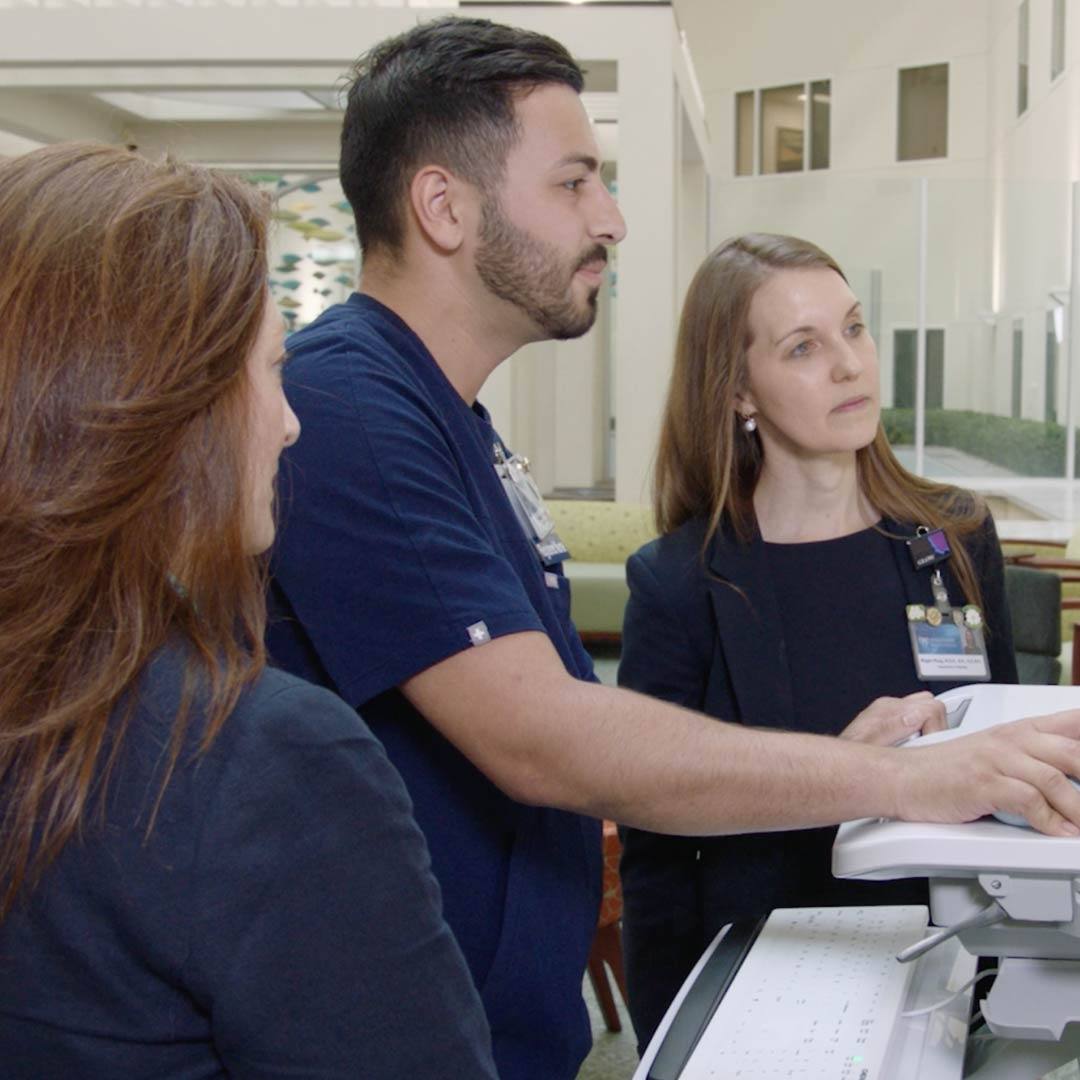You use them to wipe, scrub and clean, but have you ever wondered how clean the sponge you're using to clean everything else in your kitchen really is?
According to Dr. Pritish Tosh, a Mayo Clinic infectious diseases specialist, you may want to rethink your whole kitchen-cleaning strategy. Sponges might be one of the dirtiest things in your kitchen.
Journalists: Broadcast-quality video pkg (1:00) is in the downloads. Read the script.
"You take these wet sponges that are collecting food particles and things like that, so you have sort of a wet environment with good nutrients for bacteria to grow," Dr. Tosh says.
Dr. Tosh has heard every excuse for keeping an old sponge around, but he says there is really no way to get an old sponge clean.
"So you really need some high temperatures to kill off bacteria and high temperatures for a prolonged period of time," he says. "And often those temperatures are going to be beyond that which your hands will be able to tolerate. So if you are just washing the sponge under the sink – even if it's pretty warm – if you're able to tolerate those temperatures, it's probably not warm enough or it's probably not long enough."
Dr. Tosh says the only solution is to throw it out.
He says most sponges are blue, green or yellow, which can hide noticeable signs of bacteria. So, he says the best thing you can do to judge whether your sponge is past its prime is to trust your nose.
"I don't know what the right life span should be," he says. " Certainly, if it smells funny, get rid of it."







